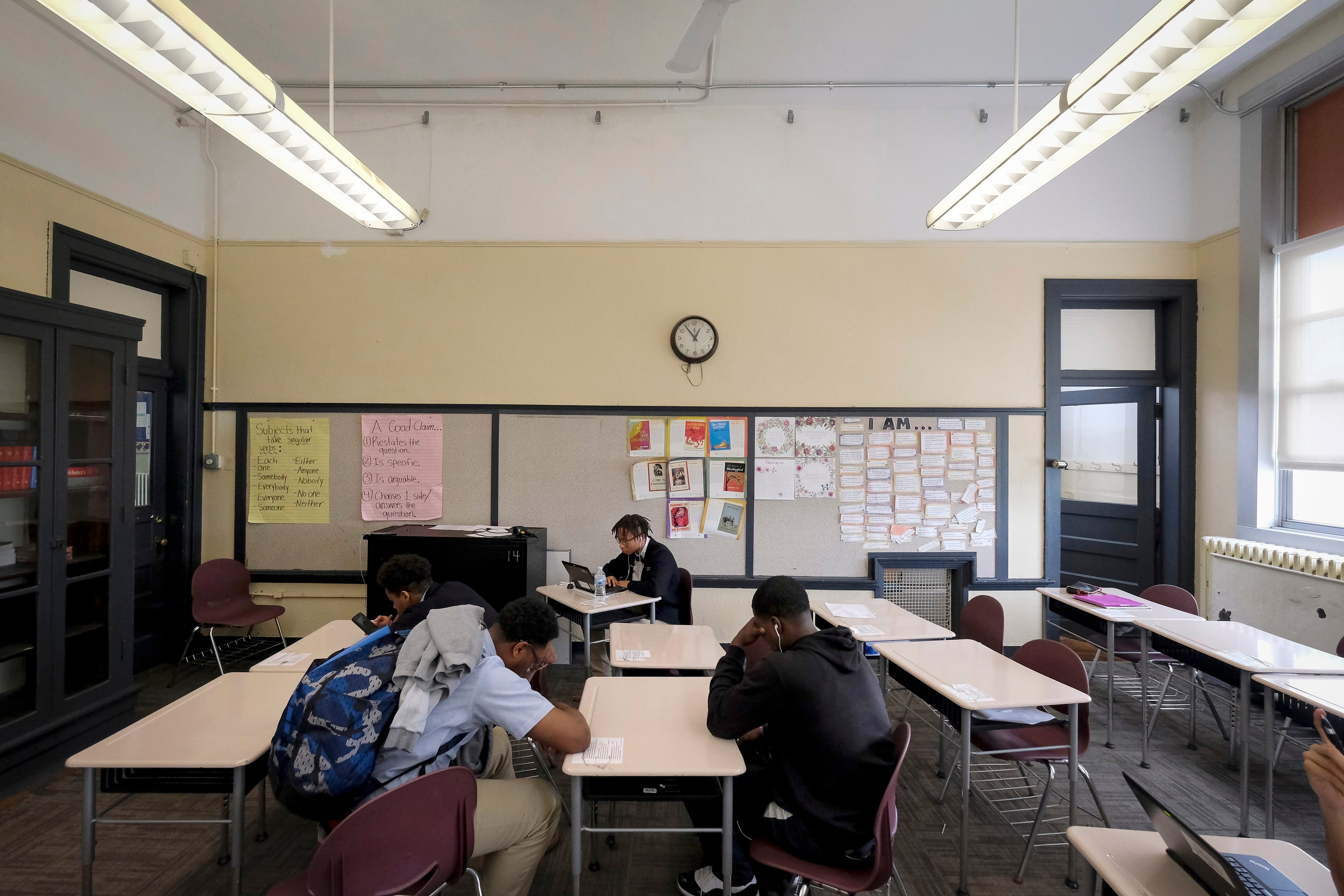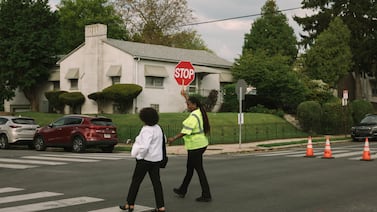Black and Hispanic children in Marion County face a “chronic lack of access” to high-quality education from the time they’re in preschool to when they’re preparing for college, according to a new report.
Commissioned by the Indianapolis-based Richard M. Fairbanks Foundation, the report compiled the obstacles that Black and Hispanic children face to quality education, such as access to a high-performing school, and disproportionate discipline in the classroom.
It includes recommendations for addressing the inequities, like automatically enrolling all qualifying students in advanced classes.
The foundation commissioned the report in the wake of anti-racism demonstrations last year, when superintendents in all 11 Marion County school districts promised to “ensure all students are provided with the conditions necessary to succeed,” according to the report.
Claire Fiddian-Green, president and CEO of the foundation, said the report is meant to provide information for these initiatives. The foundation, a nonprofit providing grants to health, education, and civic research, does not pursue legislative efforts, she added.
And while the recommendations do not include cost estimates, Fiddian-Green said the goals were worth prioritizing.
“It’s a lot that we ask. However, the data are really clear that Black and Hispanic students in Marion County are likely to experience a chronic lack of access to educational opportunities,” Fiddian-Green said.
“So if we are serious about addressing what is really a crisis for Black and Hispanic students, then we need to make this a priority and dedicate the time and resources needed.”
The disparities begin with early childhood education, where 65% of Black children are enrolled in high-quality programs, compared with 76% of white children, according to the report, which recommends that the state develop a better data system for tracking early learning.
“We know some students show up in kindergarten not being ready for kindergarten,” Fiddian-Green said. “That sets off their journey needing support.”
The inequities persist in K-12 education, where high-performing schools are clustered in majority-white neighborhoods, according to the report. And they’ve been made worse during the COVID-19 pandemic: From 2019 to 2021, the percentage of Black and Hispanic students enrolled in low-performing schools increased by double digits.
To address this, the report recommends replicating high-quality schools in neighborhoods without them, and deploying federal emergency funds to provide tutoring, extended learning time, or more teachers to students whose academic performance suffered during COVID-19.
The report’s recommendations came from research into practices tested by schools around the country, said the report’s author, Ben Kleban, while the data came from public records requests to the Department of Education, the Commission for Higher Education, and the Indiana Family and Social Services Administration. ·
Some recommendations wouldn’t result in a huge financial burden, Kleban said, such as ensuring that schools and districts are reporting discipline records to their boards.
Others, like making filling out a Free Application for Federal Student Aid (FAFSA) a graduation requirement, are “relatively low-hanging fruit” that could make a major impact on high school completion rates, Kleban said.
According to the report, college enrollment rates nearly double for those students who complete the FAFSA, and rise 4 percentage points for every $1,000 in aid provided per student.
“With a FAFSA completion rate in Marion County of only 41.5%, there is tremendous opportunity to improve FAFSA completion and ultimately college enrollment for all students, ultimately elevating their economic opportunities later in life,” the report says.
Kleban also said the report intentionally focused on the disparities in access to high-quality education, rather than the resulting achievement gaps that have received much public attention in the past.
“That’s why we have achievement gaps, because we have opportunity gaps to begin with,” Kleban said.






